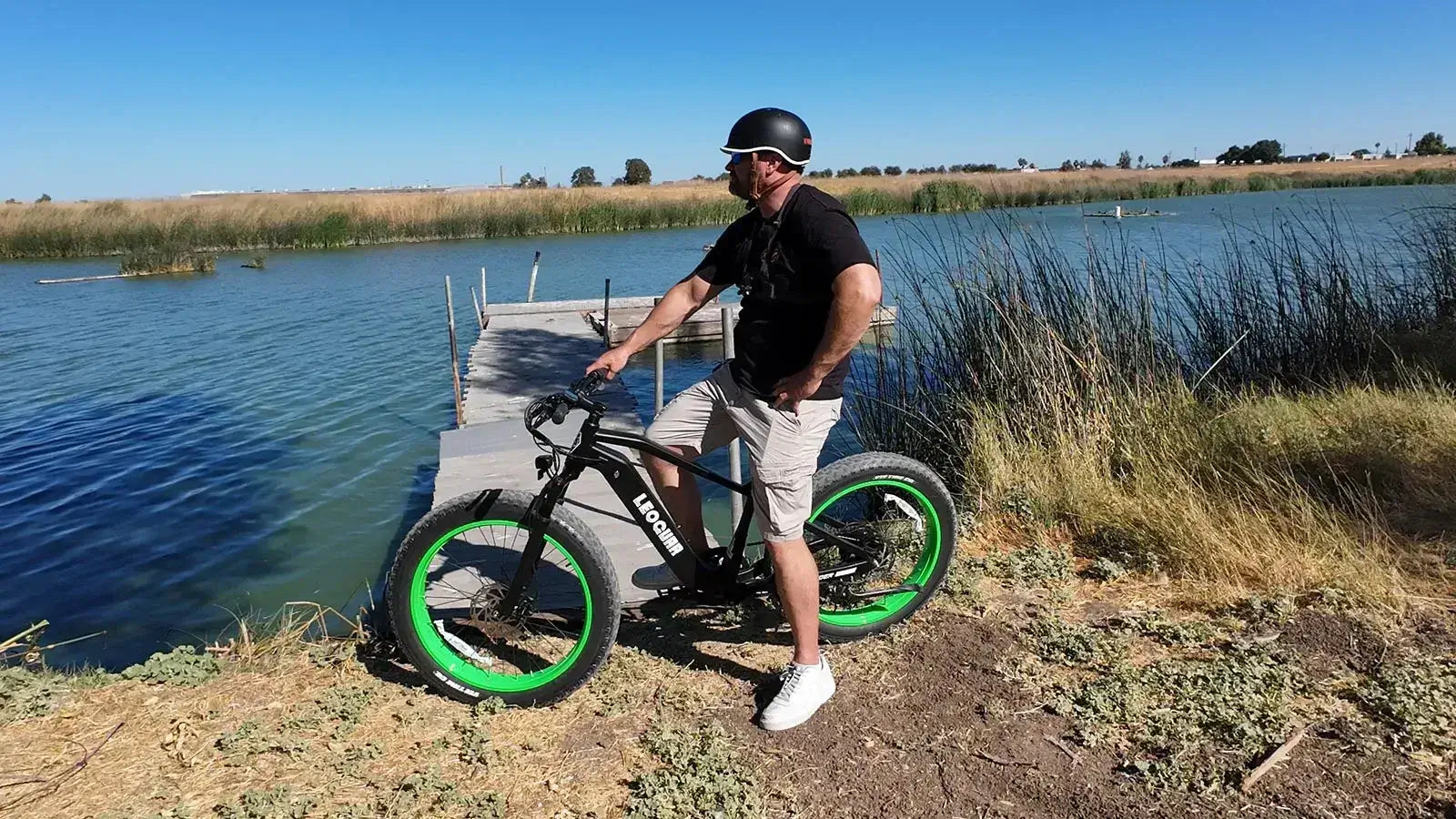
Electric Hunting Bicycle: Your Ultimate Adventure Companion
Introduction: A Strategic Tool
Walking to a deer stand before dawn is long and cold. The crunch of every leaf underfoot, the sweat building despite the chill—these are challenges every hunter knows. An electric hunting bicycle is not a novelty; it's a purpose-built solution to these basic problems.
It is a strategic tool built for the modern hunter. An ideal electric bicycle for hunting combines stealth, power, and rugged utility. It changes how you access your hunting grounds, manage your energy, and interact with the environment completely.
This guide will decode the core parts that define a true hunting e-bike, explore its real-world uses in the field, and cover the essential gear and knowledge needed to maximize your advantage.
The Core Advantages
For those on the fence, the switch from traditional methods to an electric hunting bicycle offers clear, game-changing benefits. It's about hunting smarter, not harder, and gaining a significant tactical edge.
Stealth and Silence: This is the most important advantage. Unlike an ATV that announces your presence from a mile away, a quality electric hunting bicycle operates with a near-silent hum.
We've found that this silence allows you to hear the woods come alive—the snap of a twig, a distant gobble—details completely lost to engine noise. You can move through feeding and bedding areas with minimal disturbance, preserving the natural state of your hunting spot.
Expanded Reach and Access: Cover miles of logging roads or two-track trails in a fraction of the time it would take on foot. This allows you to reach remote, less-pressured areas that other hunters are unwilling or unable to access. An electric hunting bicycle turns a prohibitive hour-long hike into a 15-minute ride.
Reduced Scent Profile: The number one enemy of a hunter is their own scent. Heavy physical effort means more sweat and a larger scent cone broadcast to every animal downwind. By using electric assist, you arrive at your stand or blind calm, collected, and with a significantly smaller scent footprint.
Efficiency and Energy Conservation: A long trek in can leave you tired before the hunt even begins. An e-bike conserves your most valuable resource: your own energy. You arrive at your destination fresh and focused, ready for a long sit, rather than tired, sweaty, and needing time to recover.
Hauling Capability: Effortlessly transport hundreds of pounds of gear into the backcountry. More importantly, an electric hunting bicycle provides a powerful and ethical means of hauling your harvested game out, turning a grueling task into a manageable one.

The Anatomy of a Hunting E-Bike
Not all e-bikes are created equal. A true electric hunting bicycle is a specialized machine, distinct from a casual commuter or standard mountain bike. Understanding its core parts is crucial to making an informed investment.
The Powerhouse: Motor Systems
The motor is the heart of your electric hunting bicycle. The debate between a mid-drive and a hub-drive motor is central to its performance in the field.
A mid-drive motor is located at the center of the bike's frame, where the pedals connect, and it transfers power directly to the drivetrain. A rear hub motor is housed within the hub of the rear wheel, pushing the bike forward.
For hunting, the choice has significant implications.
| Feature | Mid-Drive Motor | Rear Hub Motor |
|---|---|---|
| Best For | Steep hills, technical terrain | Flatter ground, budget-conscious |
| Power Delivery | Natural, leverages bike's gears | Direct, "pushing" feel |
| Weight Distribution | Central and low | On the rear wheel |
| Maintenance | More complex | Simpler, easier tire changes |
Our recommendation is clear: for serious, varied-terrain hunting, a mid-drive motor is superior. Its ability to leverage the bike's gears allows it to generate immense torque for climbing steep, rugged grades.
This feels more natural and provides better control on technical trails, especially when the bike is loaded with gear.
The Lifeline: Battery and Range
The battery is your gas tank. Its capacity is measured in Watt-hours (Wh), which is the most accurate indicator of potential range. A higher Wh number means more energy storage. For an electric hunting bicycle, you should look for batteries in the 750Wh to over 1000Wh range for serious excursions.
Real-world range, however, is affected by numerous factors: rider weight, gear load, terrain, temperature, and the level of electric assist you use. A 1000Wh battery might give you 60 miles on flat ground in eco-mode, but that could drop to 20 miles when climbing steep hills in turbo mode with a heavy pack.
Always plan for less range than the manufacturer's stated maximum. Cold weather significantly impacts lithium-ion battery performance, reducing effective range. It's vital to know how to manage this, from storing the battery indoors before a hunt to keeping it insulated in the field. For more detailed information, we recommend learning more about caring for your e-bike battery in the cold.
The Foundation: Frame and Brakes
The frame of an electric hunting bicycle is built for abuse. Most are constructed from durable and relatively lightweight aluminum alloys, designed with a stable geometry to handle heavy loads and off-road conditions. Look for frames with high payload capacities, often rated for 300 lbs or more.
Suspension is non-negotiable for the terrain you'll encounter. At a minimum, a quality front suspension fork is required to absorb impacts from rocks, roots, and ruts, saving your arms and improving control.
A full-suspension frame (with both front and rear suspension) offers the ultimate in comfort and traction but comes at a premium price and adds complexity. Stopping power is a critical safety feature. Mechanical disc brakes are inadequate for this application.
You must insist on powerful hydraulic disc brakes. They provide superior, more reliable stopping power with less hand effort, which is essential when you're descending a steep grade with a fully loaded bike.
The Ground Connection: Fat Tires
You will immediately notice that virtually every dedicated electric hunting bicycle uses fat tires, typically 4 inches wide or more. This is for good reason. Fat tires are the ultimate off-road solution. They can be run at very low air pressure, creating a massive contact patch with the ground.
This provides phenomenal traction in mud, snow, sand, and loose dirt. Furthermore, the large volume of air in the tires acts as a form of passive suspension, smoothing out the ride and adding a layer of cushioning over rough terrain.
Trail to Treestand Scenarios
Understanding the specs is one thing; seeing how they perform in the field is another. Let's connect these features to real-world hunting scenarios.
The Pre-Dawn Stealth Approach
The scenario: It's an hour before sunrise. You need to navigate a narrow, dark trail to your stand without alerting every deer in the county. Key Features in Action: Here, the quietness of a mid-drive motor is paramount. You use a low-assist setting to minimize noise.
The crucial feature is the thumb throttle. Picture this: instead of the crunch-crunch-crunch of your boots on frozen leaves, there's only the soft whir of the motor.
You use the thumb throttle to silently coast the last 100 yards, moving without pedaling, preserving the absolute quiet of the morning. An integrated, powerful headlight illuminates the path without fumbling for a separate flashlight.
Tackling the Backcountry Climb
The scenario: Your best glassing spot is on a remote ridge, accessible only by a steep, muddy, and rutted-out logging road that would exhaust you on foot. Key Features in Action: This is where a high-torque mid-drive motor proves its worth.
The motor's power, measured in Newton-meters (Nm), is more important here than its peak wattage. A motor with 120 Nm of torque or more, combined with a wide range of gears on the rear cassette, allows you to stay seated and spin up the climb efficiently.
The aggressive tread on your fat tires bites into the soft earth, preventing slippage and maintaining forward momentum where a standard bike would fail.
Hauling Gear In and Game Out
The scenario: You're packing in a heavy treestand, a backpack full of gear, and your bow. On the way out, you have a harvested deer to transport. Key Features in Action: This is a test of the bike's entire structure. The high load capacity of the frame (300lbs+) is essential.
You've strapped your bow to a secure gun and bow rack on the handlebars and your pack to the integrated heavy-duty rear cargo rack. For the harvest, a dedicated cargo trailer is the ultimate tool.
These trailers attach to the rear axle and are designed to handle heavy, awkward loads. Using one is often the difference between an ethical, efficient extraction and a brutal, back-breaking drag.
For heavy-duty jobs, it's worth investing in one of the many available specialized hunting e-bike trailers.
The Complete E-Bike Ecosystem
Owning an electric hunting bicycle is about more than just the bike. It's about building a complete system for success, which includes the right accessories, basic maintenance knowledge, and a clear understanding of the law.
Essential Hunting Accessories
To truly unlock the potential of your electric hunting bicycle, certain accessories are not just nice to have; they are essential. Must-Haves:
Weapon Mount: A secure, padded gun or bow rack that attaches to your handlebars or frame is non-negotiable for safe transport. Cargo Racks & Panniers: A robust rear cargo rack is standard.
Adding waterproof panniers (saddlebags) allows you to carry gear securely, keep it organized, and get weight off your back. Cargo Trailer: For large loads and game retrieval, a trailer is the most effective accessory you can own.
Field Repair Kit: Never go into the backcountry without a basic toolkit. This should include a tire patch kit, tire levers, a multi-tool with common Allen key sizes, and a portable air pump.
Field Maintenance and Prep
Your e-bike is a vehicle, and it requires a pre-ride inspection just like any other. Before every trip into the field, perform a simple check:
Tires: Check for proper inflation. Low pressure is good for traction, but too low risks damaging the rim.
Brakes: Squeeze both brake levers to ensure they feel firm and engage properly. Battery: Confirm your battery is fully charged and securely locked into the frame.
Chain: Give it a quick visual inspection and make sure it's properly lubricated.
Navigating the Law
This is a critical and often misunderstood aspect of using an electric hunting bicycle. Regulations are not uniform and can vary dramatically between federal, state, and local jurisdictions.
Assuming your e-bike is legal everywhere a regular bike is allowed can lead to significant fines and confiscation.
You must always check the specific regulations for the exact public land unit (National Forest, BLM land, State Wildlife Area, etc.) you plan to hunt. E-bikes are often categorized into classes:
Class 1: Pedal-assist only, with a maximum assisted speed of 20 mph.
Class 2: Has a throttle, with a maximum motor-powered speed of 20 mph.
Class 3: Pedal-assist only, with a maximum assisted speed of 28 mph.
Many land management agencies have specific rules regarding which classes are permitted and on which trails. For a good starting point, you can review the general policy regarding E-bike regulations on federal lands, but remember to always verify with the local field office.
Furthermore, there is an ongoing ethical debate within the hunting community. Organizations like the Boone and Crockett Club have weighed in, concerned that motorized access could impact fair chase principles.
Frequently Asked Questions
Q: What is the ideal battery capacity for an electric hunting bicycle?
A: For serious hunting excursions, look for batteries in the 750Wh to over 1000Wh range. This provides enough power for long-distance rides and steep climbs while carrying heavy gear. Remember that cold weather and challenging terrain will reduce your actual range compared to manufacturer estimates.
Q: Are electric hunting bicycles legal on all public hunting lands?
A: No, regulations vary significantly between federal, state, and local jurisdictions. Always check the specific rules for the exact land unit you plan to hunt. E-bikes are classified into different categories, and some areas may restrict certain classes or prohibit e-bikes entirely on specific trails.
Q: What's the difference between mid-drive and hub-drive motors for hunting?
A: Mid-drive motors are located at the bike's center and work through the gears, providing better torque for steep climbs and technical terrain. Hub-drive motors are in the rear wheel and offer simpler maintenance but less climbing power. For varied hunting terrain, mid-drive motors are generally superior.
Q: How much weight can an electric hunting bicycle carry?
A: Most quality hunting e-bikes have frame capacities of 300 pounds or more, including rider and gear. For hauling harvested game, a dedicated cargo trailer is the best solution, as it can handle heavy, awkward loads without affecting the bike's balance or performance.
Q: What maintenance should I perform before each hunting trip?
A: Perform a basic pre-ride check including: tire pressure (low enough for traction but not so low as to damage rims), brake function, battery charge level and secure mounting, and chain lubrication. Always carry a field repair kit with tire patches, tire levers, a multi-tool, and a portable pump.



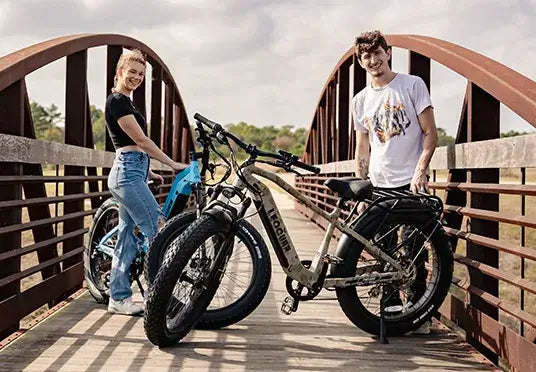
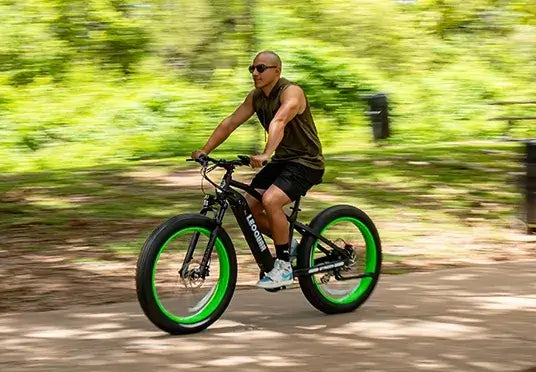
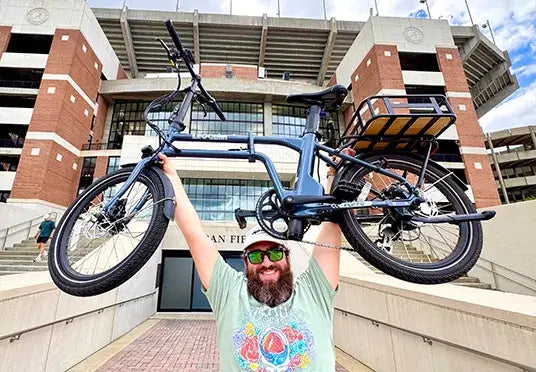
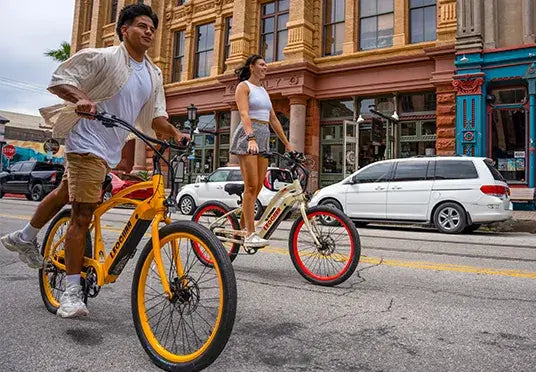
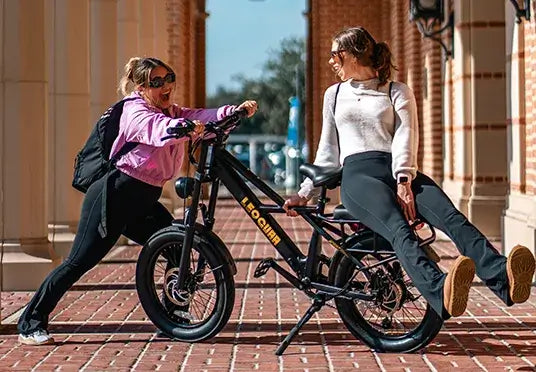
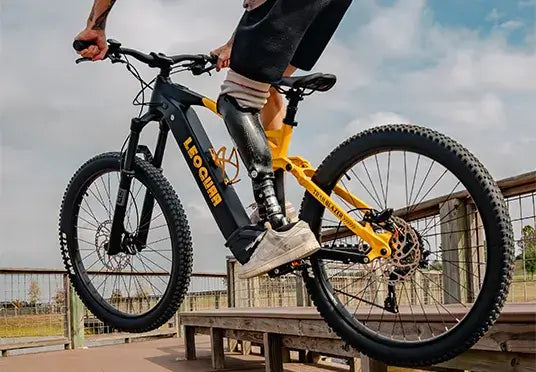
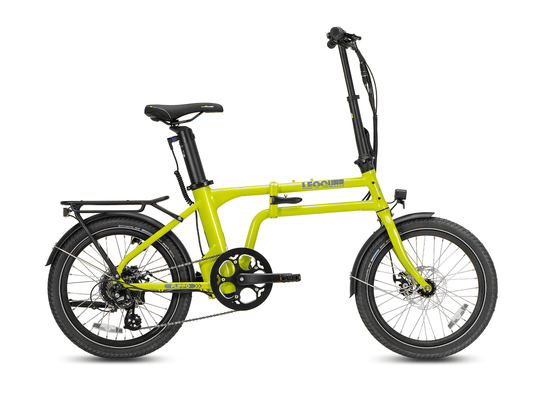
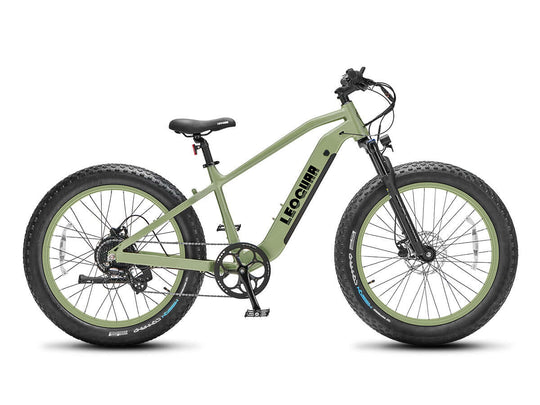
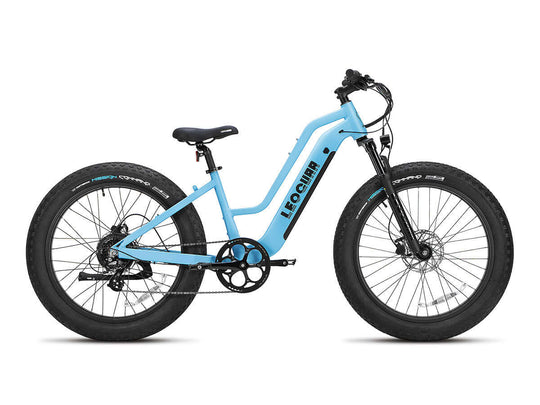
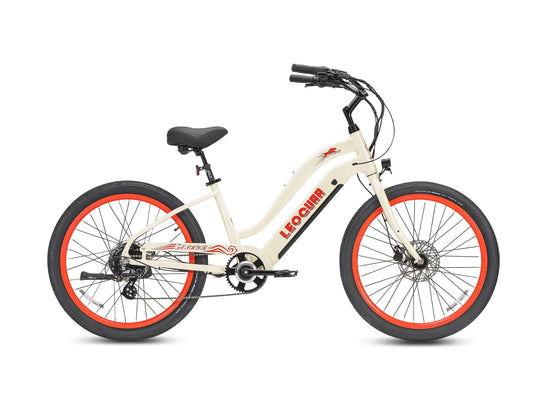
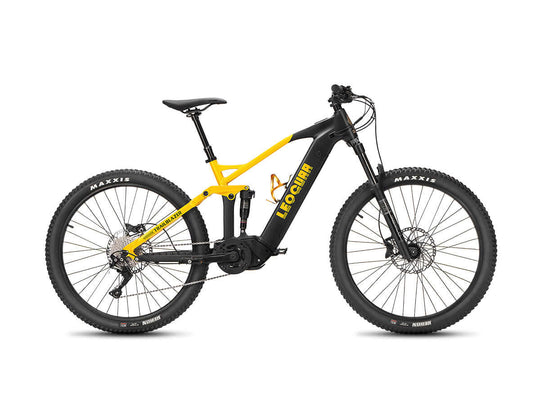
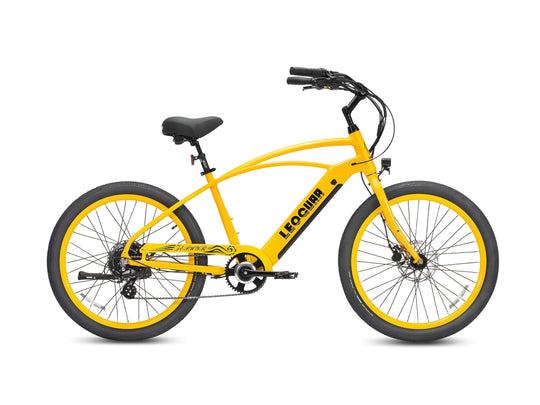
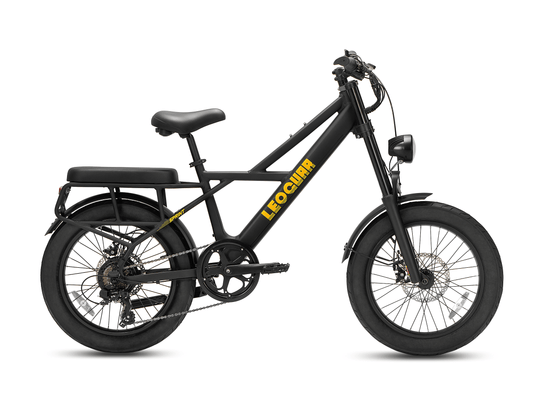
















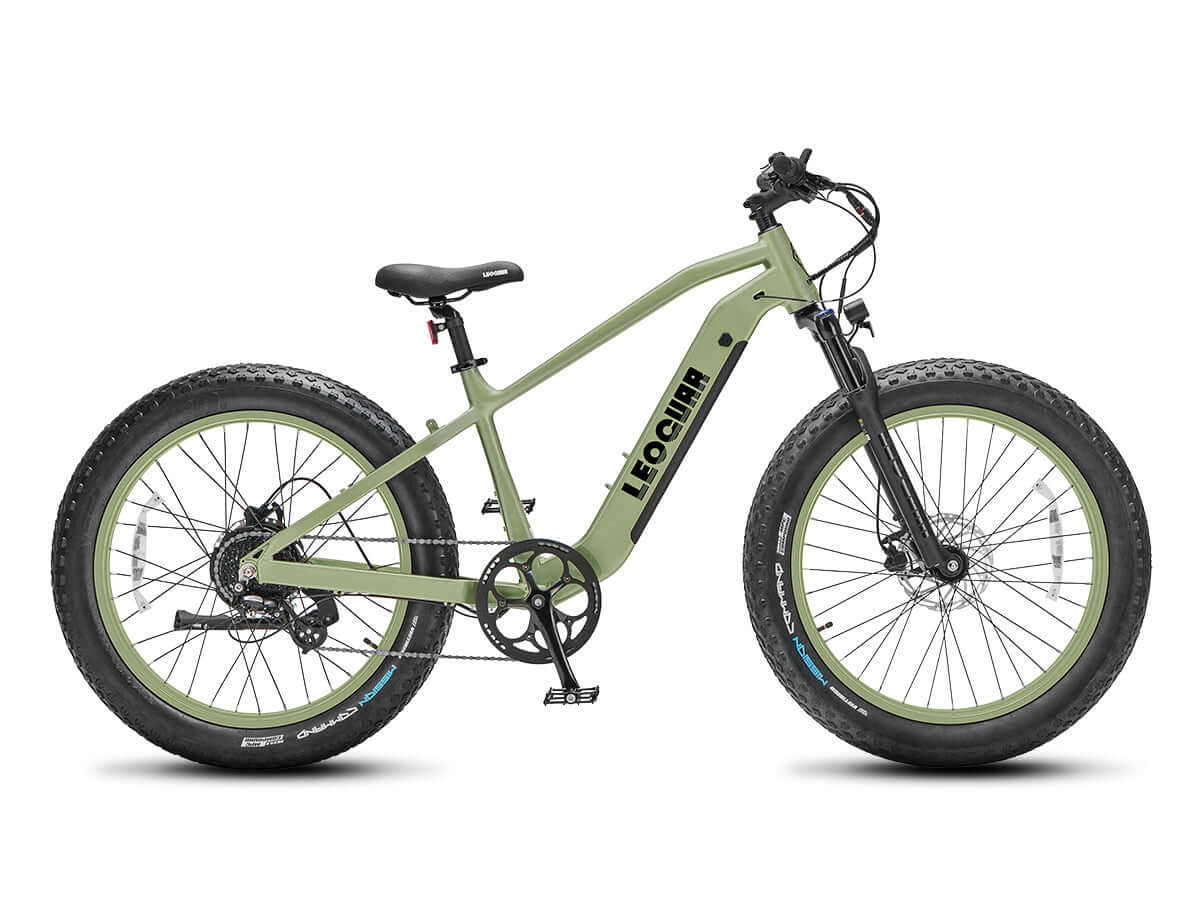








Leave a comment